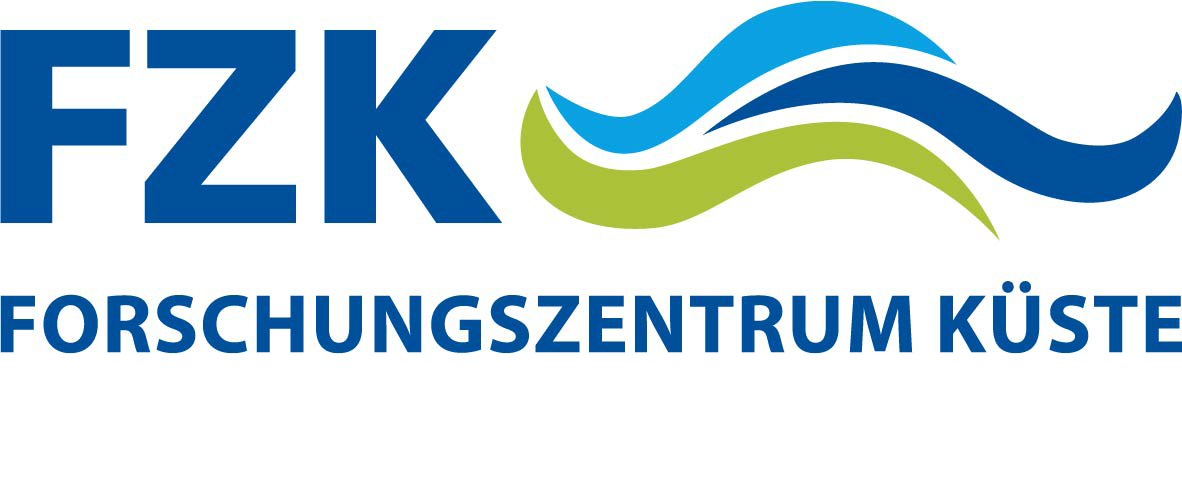Testing Power Take Off Technology for Desalination by reverse Osmosis
 © Forschungszentrum Küste
© Forschungszentrum Küste
| Leitung: | Conor Haughey, BPE |
| Jahr: | 2018 |
| Förderung: | Marinet2 - Transnational Access |
| Laufzeit: | 17.09.2018 - 05.10.2018 |
Scientific Background
Blue Power energy (BPE) has been developing a PTO (power take off) technology since 2011. The PTO uses ball-screw technology to convert the linear motion of a Wave Energy Converter into rotary motion to drive a standard electric generator. A dynamic simulation model developed indicated that the PTO may be suitable for driving a high pressure pump. This led BPE to consider using the PTO for Reverse Osmosis (RO) desalination.
To test this concept a high pressure pump was fitted to a PTO which was already mounted on a barge. The barge is 2 X 3.5 X 1m and weighs 1000kg. The PTO will be activated by a mooring line attached to the sea floor. This was bench tested using a pneumatic ram to simulate the input wave power. The tests indicated the input force needed to reach the required pressure for RO. A hydrodynamic model was developed to see if the barge could generate such a force. The study indicated the barge could generate sufficient force with waves of 0.5 to 1m, outputting approximately 1 litre/min of fresh water.
Objectives of the experiments
The purpose of the proposed testing is primarily proof of concept for the wave powered RO PTO and secondly to verify the numerical model of the barge/PTO. The tests will also provide information required to design a control system for the device.
Short Term objectives:
- Further access the suitability of the Blue Power Energy PTO for use in Desalination.
- Establish an output matrix of how much fresh water can be produced across different wave heights and periods.
- Provide data to verify and refine the existing numerical model of the system.
- Explore mooring options and access their effect on performance.
- Gain data for the development of a control system for the PTO and for engineering design.
Medium Term objectives:
- Optimise the WEC shape and dimensions to increase output, at various locations (wave climates), in order to reduce levelized cost of energy (LCOE).
- Use the numerical model for this WEC and PTO to access how the PTO would operate in alternative WEC types.
Long Term objectives:
- Develop a small, easily transportable, reliable and commercially viable wave powered desalination device.
Model setup and measurements
The primary objective of the test program is proof of concept of the wave powered RO system in real sea conditions. The tests are conducted at 1:4 scale. This allows full scale wave heights up to approximately 5m to be represented, and a wide range of wave periods (5 to 15 sec).
Regular waves are used to verify and improve the numerical model of the system, providing information on the fundamental characteristics of the system. Irregular sea tests are used to build a performance matrix. A similar approach is used with regard to the mooring load which is used to size the mooring line and anchor system.
Key measurements at the barge are mooring load, PTO motion, PTO pressure and triaxial acceleration of the barge. The wave profiles in front of and behind the barge are collected by 2 arrays of wave gauges. The motion tracking system of the Ludwig-Franzius-Institute is installed in order to verify the measurements performed at the barge.






